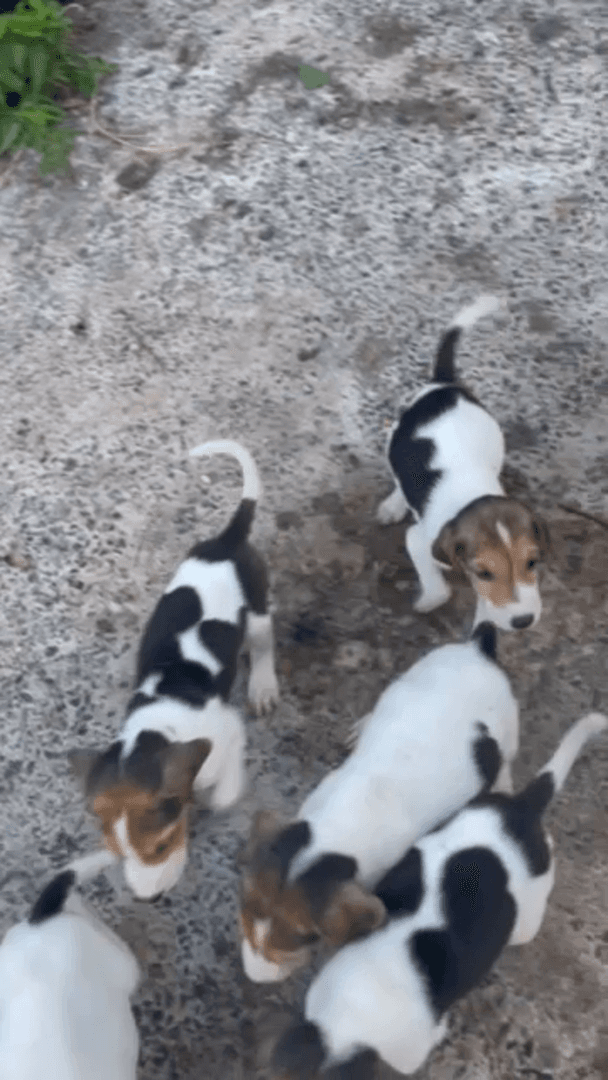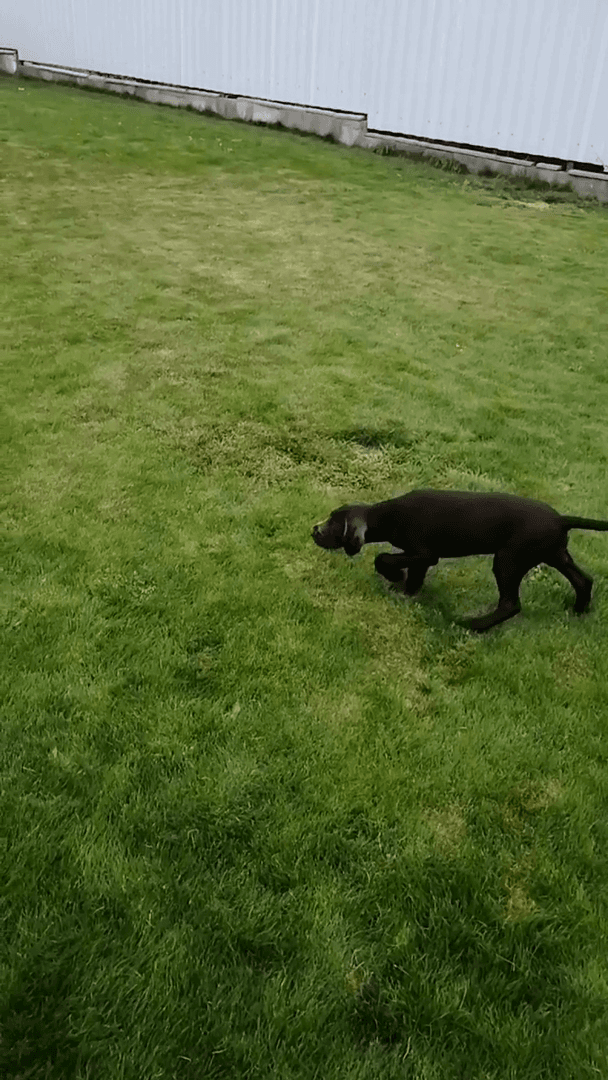
Eland Hunting in Africa: Locations, Methods, Season, Price. A Comprehensive Guide for the Serious Hunter Eland, the largest of the antelope species, offers a unique and challenging hunting experience in Africa. Their size, elusiveness, and impressive trophy potential make them a prized target for seasoned hunters. This guide provides essential information for planning a successful eland hunt, covering hunting methods, prime locations, seasonal considerations, weaponry, trophy care, and costs. Understanding the Eland There are two main species of eland: Common Eland (Taurotragus oryx): The most widespread, found across Southern and East Africa. Giant or Livingstone's Eland (Taurotragus derbianus): Larger and rarer, primarily inhabiting West and Central Africa. Both species are characterized by their large size, spiral horns (present in both sexes, though generally larger in males), and a distinctive dewlap. Eland are primarily grazers, favoring open grasslands and savanna woodland
Post: 12 March 15:49















































